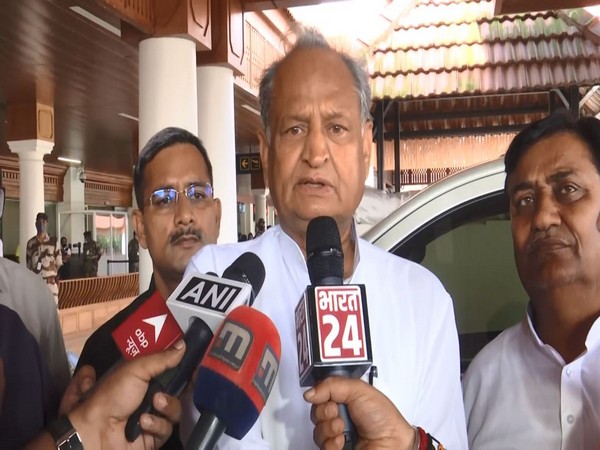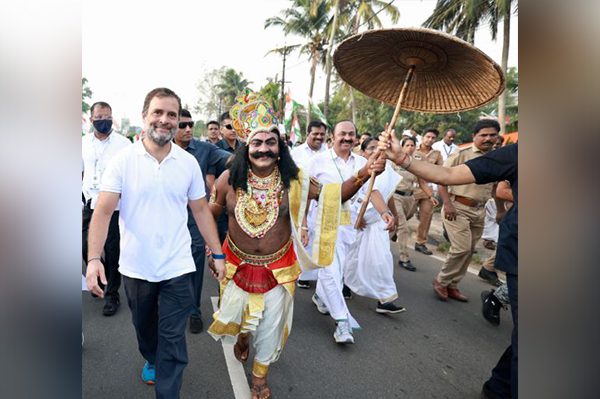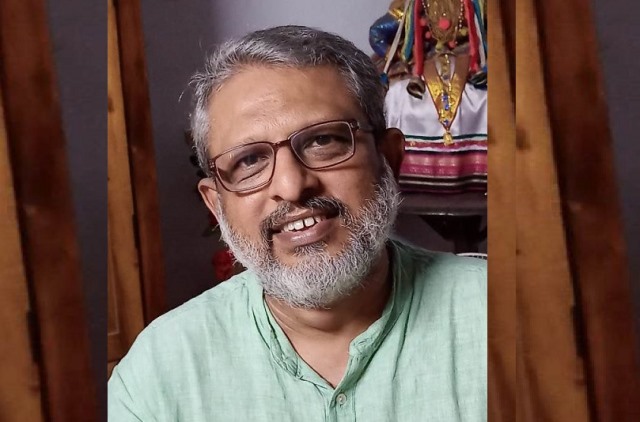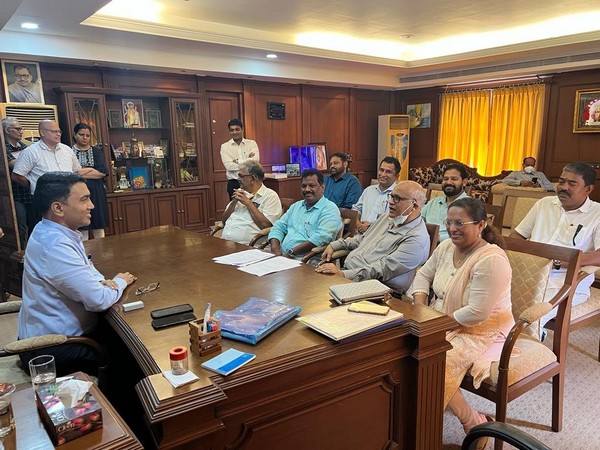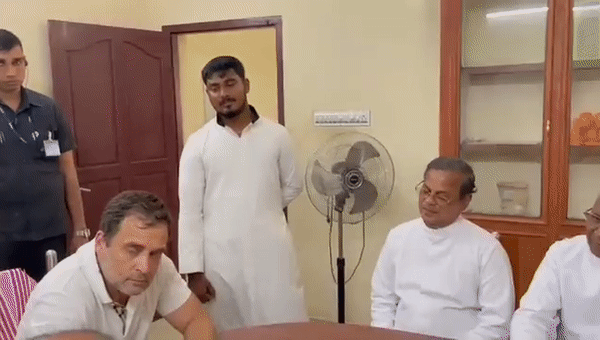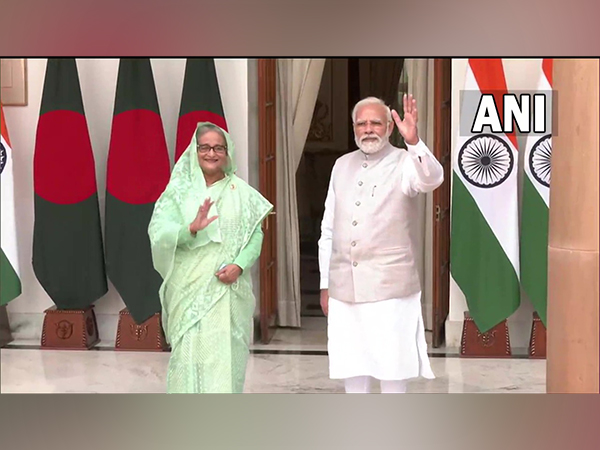Rajasthan Chief Minister Ashok Gehlot on Friday confirmed his candidature for the upcoming Congress president election and said that Rahul Gandhi has made it clear that “no member of the Gandhi family” would become the next party chief.
Speaking to the media, Gehlot, who is in Kerala to take part in the Bharat Jodo Yatra, said, “I said earlier that I will request him (Rahul Gandhi) to accept this post when all the Congress Committees are passing resolutions in this regard. He made it clear that no one from the Gandhi family will become the next chief. He said he has decided this due to some reasons, a non-Gandhi family member will become the party chief”.
When asked if it is because of the BJP’s allegations of nepotism, he said, “Rahul Gandhi said it in 2019 that he would work more without any post. He had said this in the working committee. He said that he still stands on his statement that he would work for the party without a post, as the party says.”
Congress’ presidential post-election will be held on October 17 and the election results would be declared on October 19.
“It’s decided that I’ll contest (for the post of Congress president). I’ll fix the date soon (to file his nomination). It’s a need for the Opposition to be strong, looking at the current position of the country,” he said while adding that Congress General Secretary Ajay Maken and party interim President Sonia Gandhi will decide the further proceedings “if he becomes the party president”.
Earlier on Thursday, Rahul Gandhi emphasized the “one person, one post” norm and said he believes the commitment to the party’s Udaipur declaration would be maintained in the election for the party’s topmost post.
Describing the post of Congress president as an “ideological post”, Rahul Gandhi said the position “represents a set of ideas and belief system and vision of India”.
Answering a question during a press conference on the 15th day of the Bharat Jodo Yatra here, Gandhi said: “You are taking on a position. It is a historic position that defines and has defined a particular view of India. It is not just an organisational post. The Congress president is an ideological post, it is a belief system. My advice would be whoever becomes the president should remember that he represents a set of ideas and a belief system and a vision of India.”
“What we had decided in Udaipur. ‘One person, one post’ is a commitment of Congress and I expect that commitment will be maintained (on party’s presidential post),” he added.
The Congress had decided on a set of organisational reforms during the Udaipur Chintan Shivir held earlier this year. The declaration said that the principle of “one person, one post” should be followed.
Party MP Shashi Tharoor has also given an indication of contesting polls and had met Sonia Gandhi on Monday. He met Congress Central Election Authority chief Madhusudan Mistry on Wednesday.
Taking a veiled jibe at the Bharatiya Janata Party, Gandhi today said that Congress is fighting a “machine” that has “captured the institutional framework” of the country.
“We are fighting a machine that has captured the institutional framework of this country and has unlimited money, unlimited ability to pressurise, buy and threaten people. The yatra is designed to tell the people of India that they need to be united and need to go back to an India that was loving and affectionate,” he said.
The nomination process for the post of Congress president will begin on September 24 and conclude on September 30. (ANI)
Read More:http://13.232.95.176/
